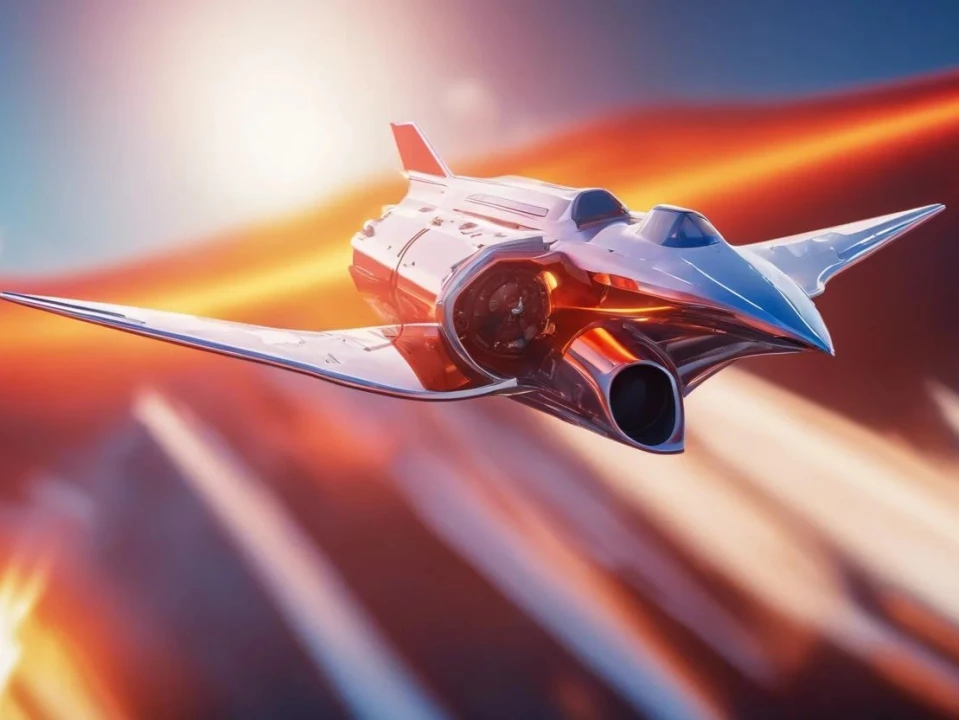U.S. startup Venus Aerospace has developed VDR2, a revolutionary rotary detonation engine that would be capable of touching Mach 6 and flying more than 30 kilometers high. It sounds like science fiction, but it is reality thanks to technological advances that led to the official presentation of this project at the Up Summit in Bentonville, Arkansas.
With the application of the VDR2 engine, one could travel the Rome-New York route in just 55 minutes or travel from London to Beijing in just over an hour as long as one travels at 7,400 kilometers per hour. VDR2 stands for Venus Detonation Ramjet 2000 lb Thrust Engine and the company called it “a remarkable breakthrough in high-speed flight.”
Designed to touch Mach 6, or about six times the speed of sound, it involves a propulsion system capable of generating detonation waves that will propagate cyclically within the circuit, providing unprecedented performance. Record-breaking results without exploiting fuel combustion as has been done to date. If this dream turns into reality, the way of travel could change forever, but there are risks and obstacles to overcome.
“This engine makes hypersonic economy a reality,” said Venus Aerospace co-founder Andrew Duggleby. The first test flight of VDR2 will take place as early as 2025, so we are not talking about the very distant future. “We're looking forward to working on it even further, to flying the first example and ultimately perfecting an engine concept that so far has existed mostly in textbooks, but never as a production unit,” Eric Briggs, chief operating officer of another company involved in the Velontra project, said ahead of the event. The announced innovation could make it possible to travel to altitudes above 30 kilometers to view the curvature of the Earth, assuming clouds permit.
However, it should be emphasized that before such a sophisticated device is officially put on the market, very difficult tests will have to be done and almost impossible challenges faced by the experts who will be chosen to carry out the project. Safety, energy efficiency, but also environmental impact and the degree of manufacturing commitment, as well as, of course, the cost of implementation and maintenance, will go into influencing timing and funding.
Before VDR2 there had been the Concorde, a supersonic plane that reached Mach 2, but France and the United Kingdom about thirty years ago put it on the back burner after experiencing no small problems. Since then, however, it takes seven hours to fly from Paris to New York compared to the 3.5 hours it took the Concorde that broke the sound barrier. The VDR2, however, could be destined for military uses rather than civilian transport, but for now the road still seems long and not without various obstacles. Dreaming, however, never hurt anyone, and science along with technology is growing all the time.



